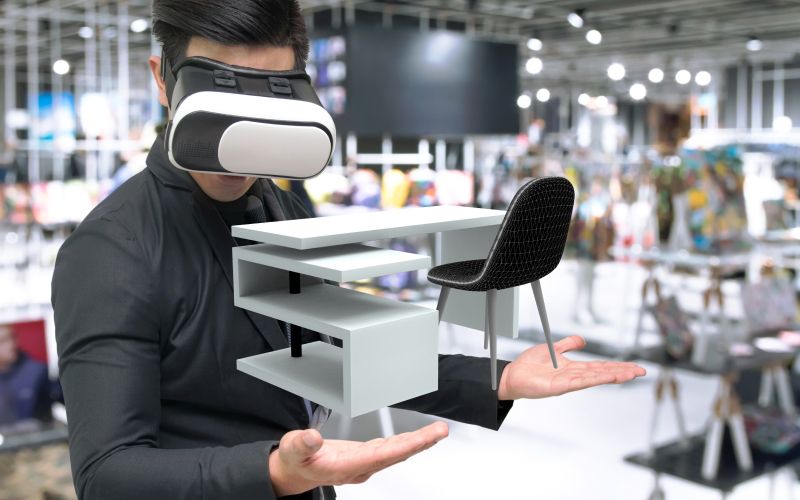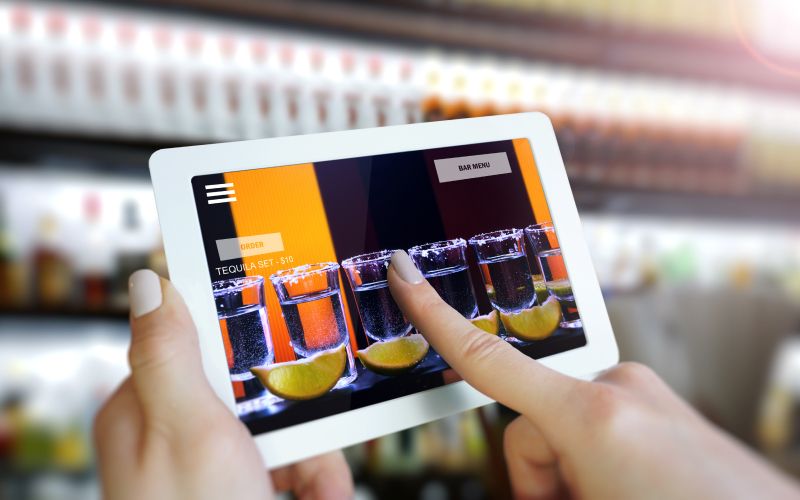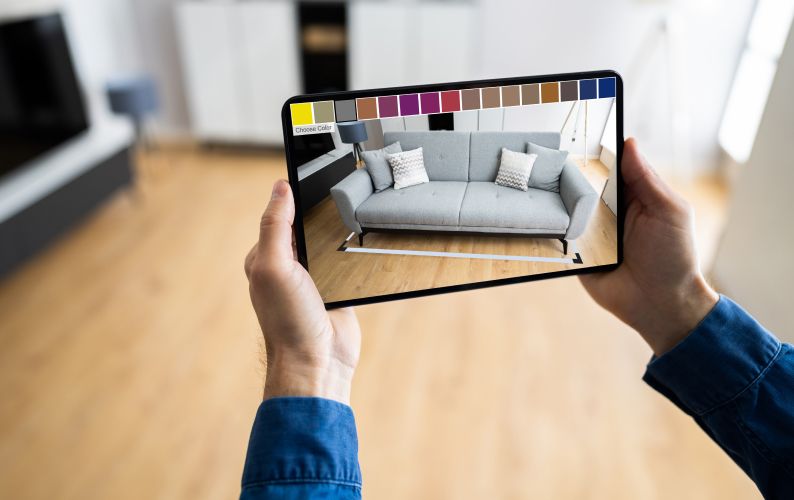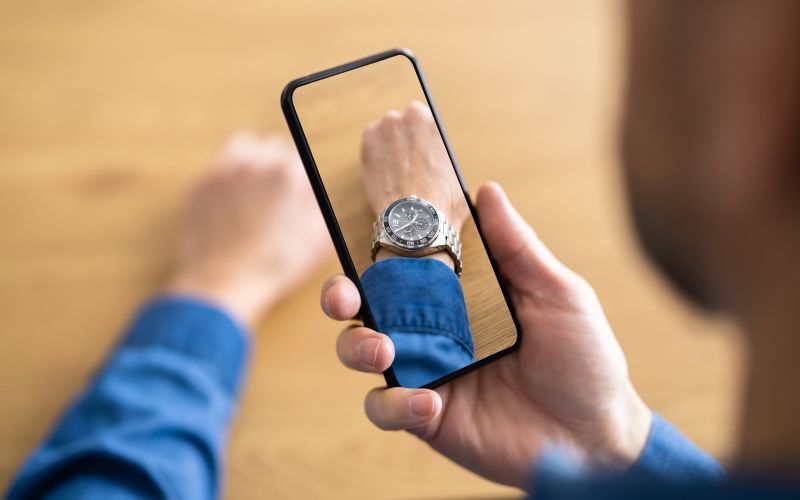RETAIL
Redefining Retail: Immersive Technologies and AI in the Shopping Experience
Immersive technologies like Augmented Reality (AR) and Virtual Reality (VR) are transforming the retail landscape—bridging the gap between brands and consumers in a world increasingly shaped by digital interaction and the metaverse. At Vection Technologies, we empower companies to design virtual stores and immersive showrooms where customers can explore, configure, and interact with products—be it fashion, furniture, art, or technology—in hyper-realistic 3D environments. As consumer expectations evolve, IntegratedXR and AI-driven experiences have become essential to delivering personalized, engaging, and memorable shopping journeys. 🔹 Enable customers to try before they buy in virtual environments 🔹 Customize products in real time with full 3D interactivity 🔹 Offer guided shopping through conversational AI avatars 🔹 Extend brand presence into the metaverse and beyond
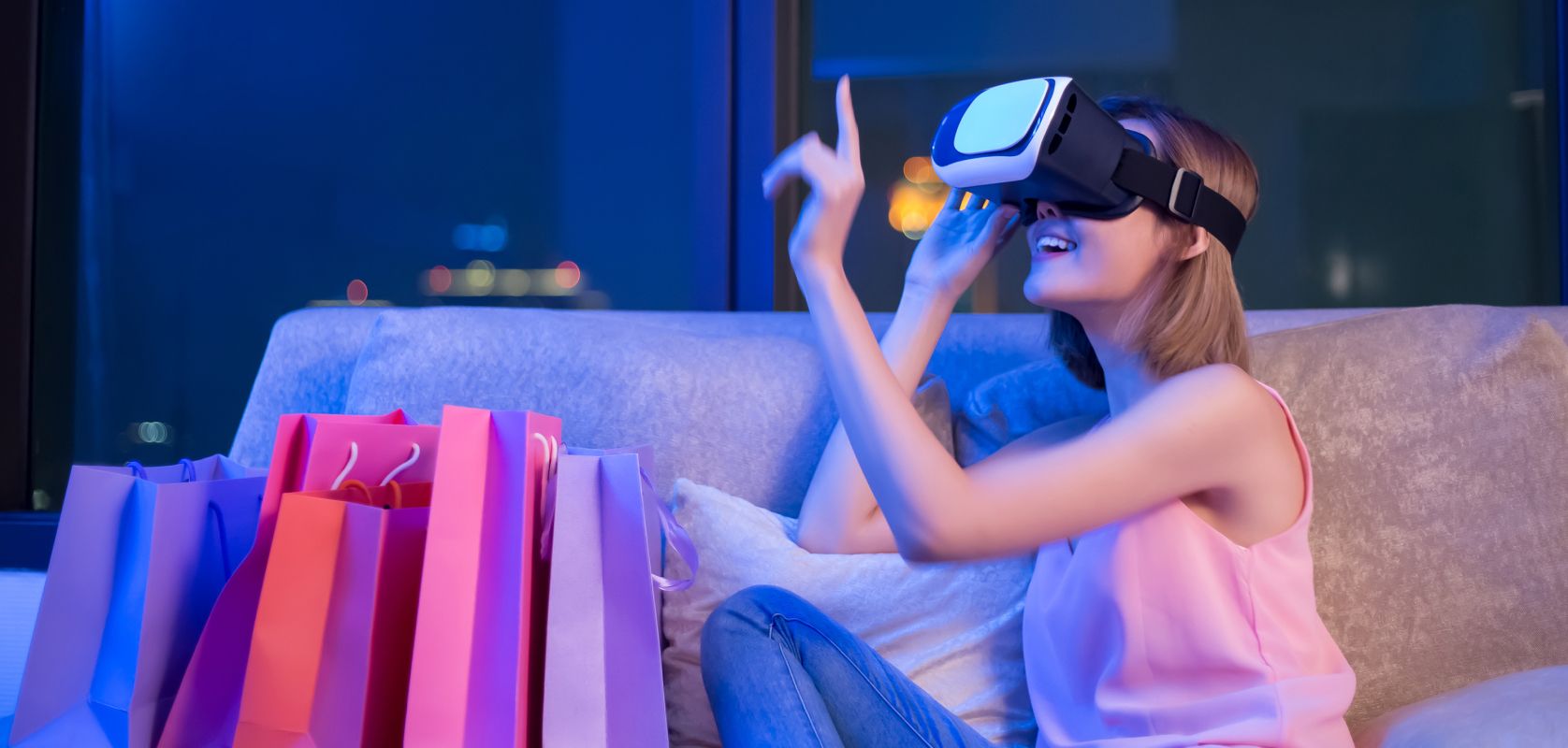
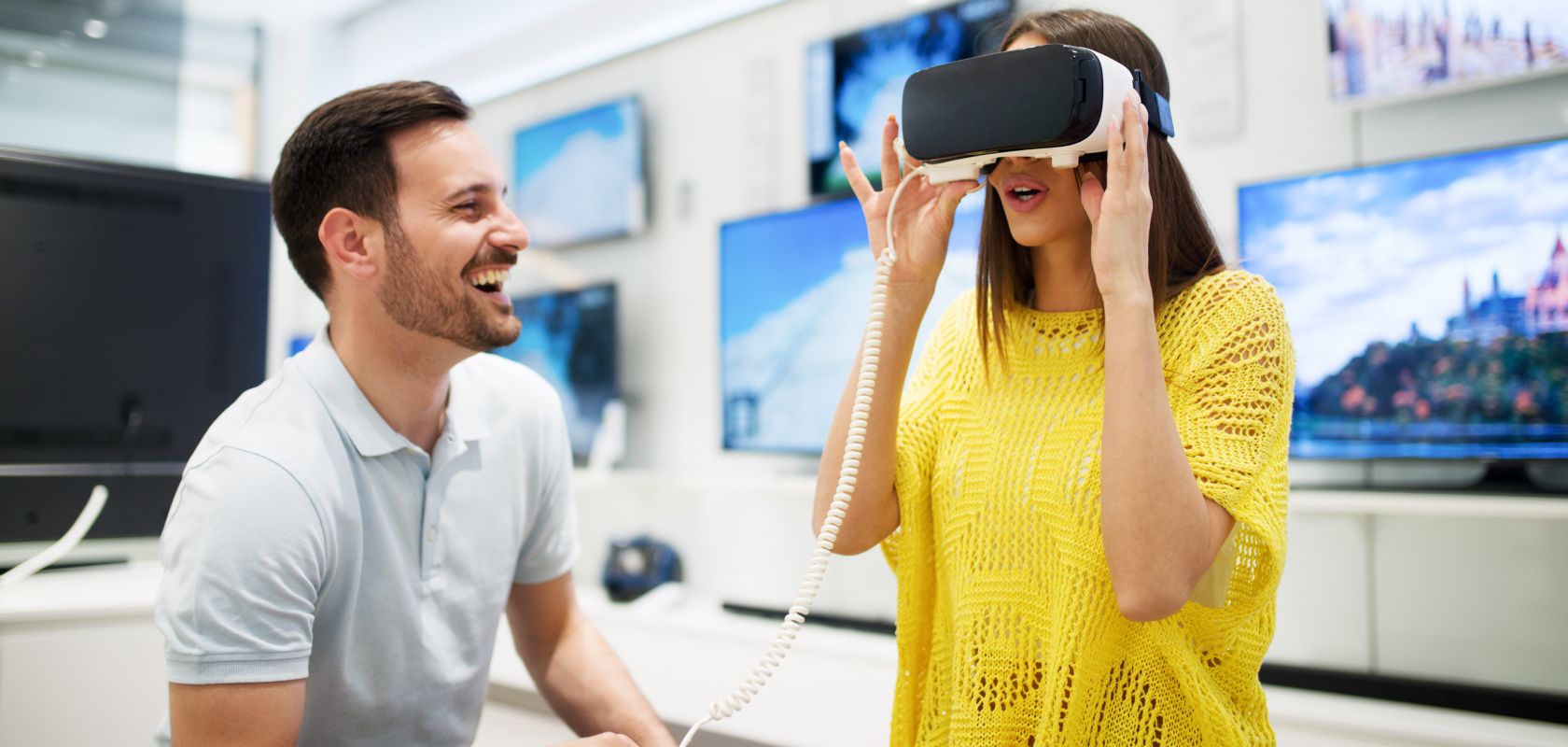
Transforming Retail with Artificial Intelligence and Immersive Reality
At Vection Technologies, we help brands harness the power of Virtual Reality and Artificial Intelligence to revolutionize how they connect with customers—boosting sales, engagement, and loyalty. These immersive technologies are disrupting traditional business models, enabling organizations to move beyond static catalogs and physical storefronts to deliver interactive, data-driven, and emotionally resonant experiences. 🔹 Create virtual stores and immersive brand environments 🔹 Offer real-time product customization and interaction 🔹 Integrate AI avatars to guide and assist shoppers 24/7 🔹 Extend reach across physical, digital, and metaverse channels With IntegratedXR and AI, Vection Technologies unlocks new opportunities for brands to stand out, innovate, and grow in a highly competitive landscape.
3D In-Store Experience
Clever marketers are introducing 3D and VR digital touchpoints within the brick-and-mortar store, blending the online customer experience with the physical one. This paradigm shift is bringing to life effective omnichannel marketing strategies that build consistent brand experiences.
Product Information
With AR apps, customers can access more information about products and improve their overall shopping experience. For example, customers can easily access product information via powerful AR -powered apps, gathering insights on products overlayed on the product itself. This feature delivers a powerful extension to the buying experience, removing frictions and purchasing barriers.
Product Customization
Modern shoppers want products that are customized to their taste and needs. In this scenario, retailers must carefully plan news strategies around 3D product configurators, both online and in-store, that allow customers to interact, customize and visualize in AR products like never before.
Virtual Try-Ons
Another critical revolution brought on by immersive technologies is virtual-try-ons. Forward-looking retailers and brands have already commenced providing this exciting new feature to their customers. With virtual-try-ons, customers can easily try on clothes, shoes, and accessories through augmented reality, directly from the comfort of their homes.
Takeaway
Immersive technologies are disrupting how retailers engage with their customers, introducing new and exciting business models along the way. From online browsing and ecommerce to in-store, virtual reality, and augmented reality -powered applications have transformed how shoppers engage with products, towards an omnichannel marketing experience.
To remain relevant in today’s market, retailers must carefully analyze the entirety of the customer experience, implementing VR and AR applications where they most provide value for their customers.
